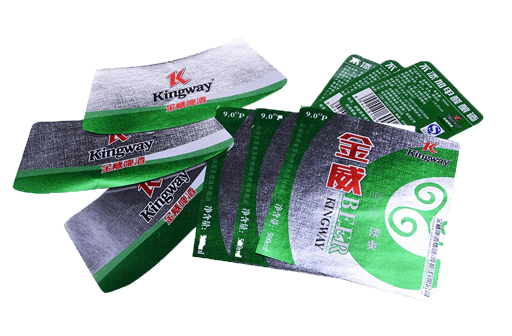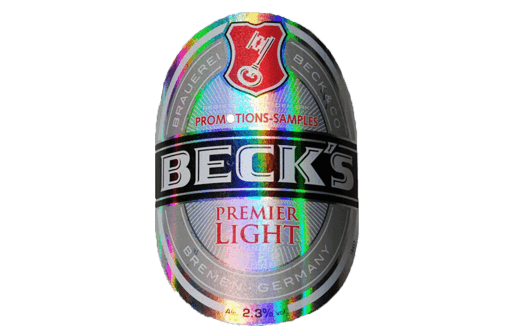WET STRENGTH METALLISED PAPER: DEFINITION OF WET STRENGTH
A beer bottle taken out of the freezer will have small droplets of water attached to its outer surface, but its shiny label paper is not damaged by the water droplets. The shampoo in our bathrooms has a label that does not fall off even after it has been exposed to water. This is because the labels are made of wet strength paper. Let's take a look at what wet strength is.
Wet Strength
Wet strength chemicals provide strength to paper when it is wetted, this is called wet strength. Wet strength chemicals have little or no effect on the properties of the paper when dry, but when wet, the paper is stronger and resists breakage, tearing and friction damage.
These agents are used in a wide range of grades of paper (household paper products, paperboard, etc.). Due to their highly cationic nature, they can help retain anionic additives. By combining them with the polyamide epichlorohydrin resin and polyamine epichlorohydrin resin ranges, they show excellent results in the range of high wet strength resin additives.
Wet strength paper classification
Once wet, ordinary paper loses much of its original dry strength properties. Wet strength papers, however, have properties that resist decomposition and breakage when saturated with water. Follow YINGFENG to see more.
High wet strength
Paper is sometimes referred to as "high wet strength" or "full wet strength" if the wet tensile value is 15% to 25% of the dry value, or even higher. A common use for high wet strength paper is on beer bottle labels in countries such as Germany, where the label must be washed off in a caustic soda solution without dissolving. The wet strength design delays the dissolution of the label in a caustic solution. For this reason, these papers are sometimes referred to as "alkali insoluble", even though they will eventually dissolve.
Medium wet strength
"Medium wet strength" or "partial wet strength" papers usually have a wet strength of about 10-15% and usually have minimum and maximum specifications for wet strength or alkali solubility. This is because some breweries, particularly in Canada, wash the labels on returned bottles, but they require the labels to be completely dissolved or pulped in the process. These labels have sufficient wet strength to resist damage during the brewery labelling and packaging process, but they do not have sufficient wet strength to withstand the German bottle washing process.
Market uses
Wet strength papers can withstand the rigours of printing, converting, finishing, bottling and shipping/transportation. They can also survive in coolers and ice buckets. This type of paper stock does not decompose in the freezer. It is therefore an easy choice for CPG frozen food packaging. Some wet strength papers are also used for clothing labels. This therefore makes them safe for re-use in washing machines. The most common uses for wet strength paper are: wine and spirits labels, craft beverage labels, CPG labels, clothing labels.
In addition, these useful paper stocks are mainly used for printing, embossing and foil stamping on beverages and frozen foods. They retain their strength and brightness even when wet. Typically, wet strength papers are used for printing on rolls with pressure-sensitive adhesives.
The most common way to measure the wet strength of paper is to test the tensile strength on an Instron-type machine, measure the strip while drying and after five minutes' immersion in water.
Customised metallised labels will make your goods more attractive and have more external value. If you've decided, contact us to customise your own beautiful wet strength metallised labels.
More news you can click here.



评论
发表评论